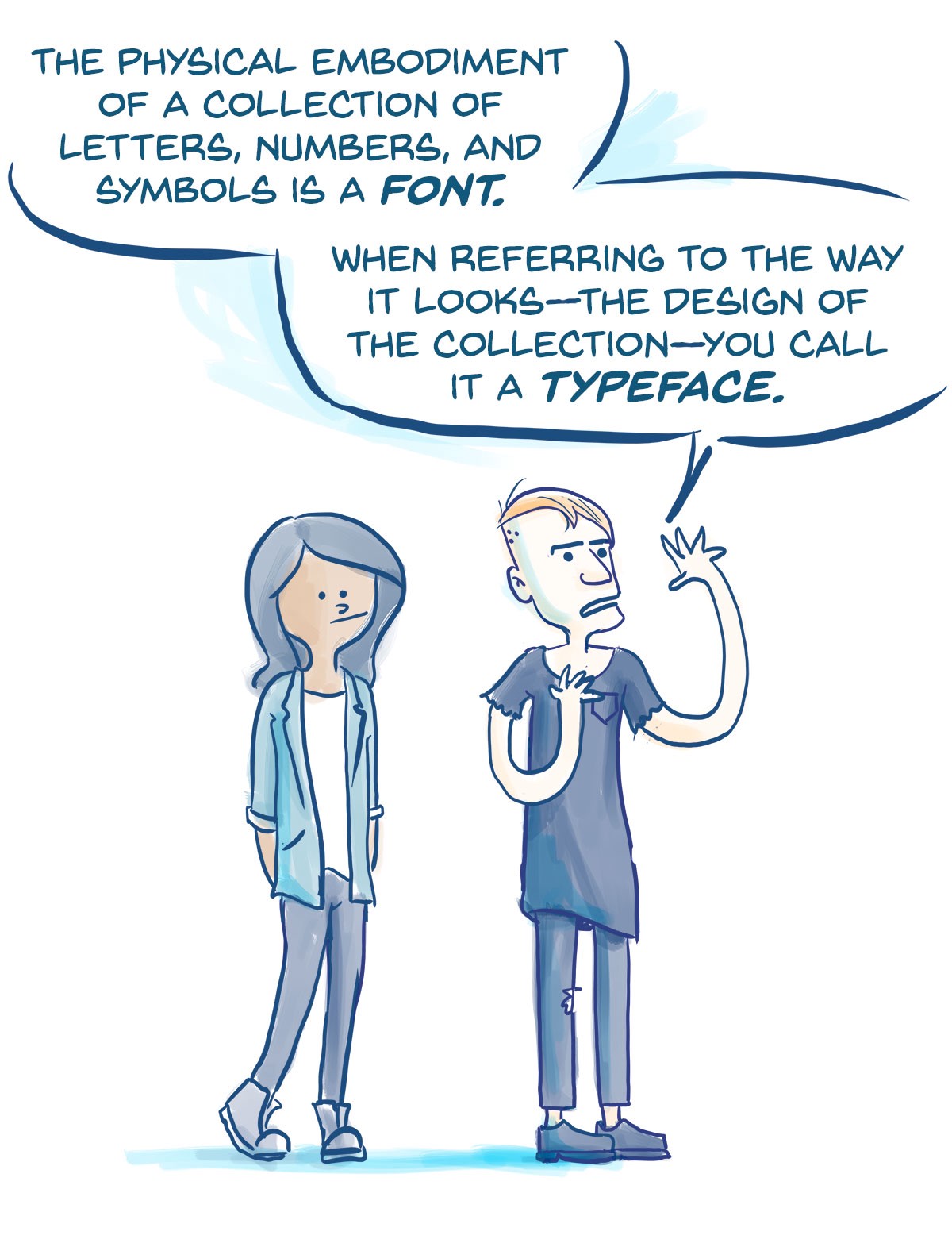

Pro: There is a huge variety, and you can find many reasonably priced options.If you want to go the open source route, here are a few places to look: Since anyone can use them, they can be found everywhere (looking at you, Helvetica!), making it harder to distinguish your brand.

Bland, boring, and basic styles add very little to your brand identity. But, like anything free, you pay a price in other ways. They’re mostly web-friendly (especially Google Fonts ), ensuring consistency across platforms. They’re easy to find and experiment with. Open source typefaces are a popular option for many brands, particularly startups. Con: They’re generic, and they can be limited.
#Font vs typeface free

Like anything, there are pros and cons to each. You can scour open source options that are free. There are several ways to find typefaces that you like. Step 1: Decide on Open Source, Primary, or Custom You can, however, make creative adjustments to your logotype to make it distinctive from your brand’s default type. Your logotype should be its own entity, so don’t use the same type for both. Note: Your typeface is different than your logotype (your company name rendered as a logo).
#Font vs typeface how to
How to Develop Your Brand Identity Typography in 4 Stepsįinding the perfect typography is a fun and creative quest, but you should approach it with a very specific goal: to choose 2-3 typefaces that best represent your brand. Now that we’ve cleared that up, let’s get into it. For the purposes of this blog, when we refer to a typeface, we mean a particular style, as well as a set of one or more fonts in that style (aka a font family). Now that everything’s digital and computer programs allow you to instantly manipulate text, the terms have lost their distinction.


 0 kommentar(er)
0 kommentar(er)
